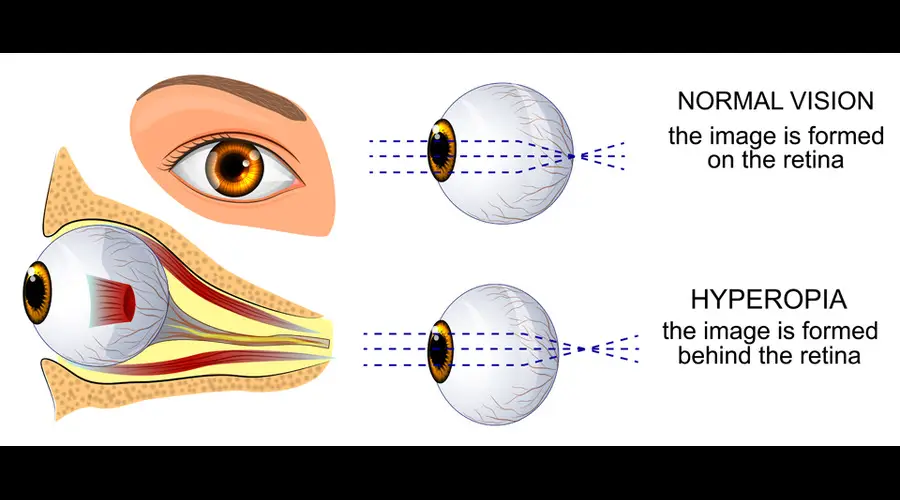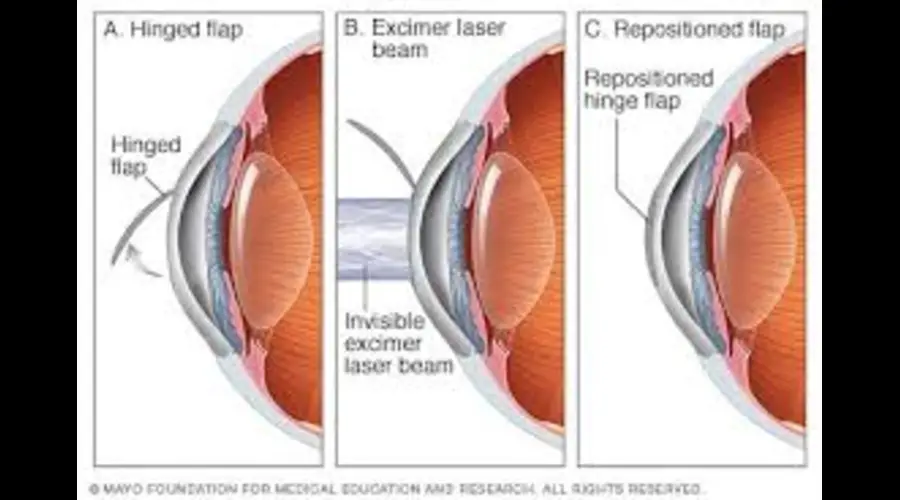Hello everyone,
During our childhood, our parents always used to tell us not to watch too much TV, warning that it would ruin our eyesight and we’d end up wearing glasses. Unfortunately, the reality today is quite shocking. Glasses have indeed become a necessity for millions of children. If your distance vision is weak, it means you have nearsightedness, which is scientifically called myopia.
Understanding the Myopia Surge of an Eye
What’s alarming about this condition is the growing rate of myopia. In India, among children aged 5–15 years, the prevalence of myopia 20 years ago was just 4.5%. But today, this percentage has crossed 21%, meaning 1 in every 5 children in India is affected by myopia. The situation has escalated to the point where myopia is now considered an epidemic. Predictions suggest that by the year 2050, every second person in the world will require glasses.
Why is this happening?
If you already wear glasses, can you improve your eyesight naturally? And if you don’t wear glasses yet, how can you protect your eyes in this smartphone-driven world? What are the real causes behind myopia?
In today’s blog, we’ll explore answers to all these questions by understanding scientific studies and delving deeper into how the human eye actually works.
How Human Eyes Function: The Role of Cornea and Lens
Human eyes essentially work like a convex lens. These are the types of lenses that converge incoming light rays to a single point, which is called the focus. In a normal human eye, this focal point is located at the back of the eye, on a part called the retina.
If your eyes are functioning properly, the light rays first enter through the cornea, which is the outermost layer of the human eye. Then, they pass through the pupil and are further directed through a lens, which converges all the light rays onto the retina. The retina is connected to an optic nerve, which transmits signals to the brain, enabling us to actually see.
Here’s an interesting fact: you might think that the lens in your eye is responsible for all the bending of light rays. However, in reality, 70% of the light bending is done by the cornea, while the lens mainly performs fine-tuning.

Understanding Myopia: How Changes in Eye Shape Affect Vision
This means that if your eyes are not functioning properly, it could be due to a change in the shape of your cornea. In fact, when people have conditions like myopia (nearsightedness) or hyperopia (farsightedness), it often happens because the shape of their eyeball has changed.
In the diagrams, you can see that in myopia (nearsightedness), the eyeball stretches or elongates. Because of this elongation, the focal point of light falls in front of the retina instead of on it, causing the image to form before the retina, which leads to blurry vision for distant objects.
Hyperopia Explained: Causes and Development in Newborns
In the second case, if your near vision is weak, it means you have hyperopia (farsightedness), also known as hypermetropia. In this condition, the eyeball becomes slightly compressed or flattened, causing the focal point to fall behind the retina. As a result, nearby objects appear blurry because the light rays converge beyond the retina.
Here’s another interesting fact: in humans, most newborn babies naturally have hyperopic eyes (farsightedness) because their eyeballs are slightly compressed at birth. However, as they grow, the eyeballs gradually develop to the correct size. This process typically takes about two years to complete.
Accommodation and the Limits of Ciliary Muscles in Myopia
Now, you might wonder how humans can see both near and distant objects when the focal length of the eye’s lens is fixed. For this, the shape of the lens must change, and this change is controlled by the ciliary muscles.
- To see nearby objects: The ciliary muscles contract, making the lens more rounded.
- To see distant objects: The ciliary muscles relax, flattening the lens.
This ability of the eyes to adjust the lens shape to focus on objects at different distances is called accommodation. However, the ciliary muscles have a limit; they can only adjust the lens’s shape to a certain extent. When the eyeball becomes excessively elongated due to myopia, the ciliary muscles cannot help much, leaving distant vision blurry.
But the question remains: why does myopia occur? Why do some people’s eyeballs elongate while others do not?

There are three main theories to explain this:
1. Near-Work Theory
This theory suggests that the more time we spend focusing on close objects, the more strain we place on our eyes. This means the ciliary muscles work harder and keep the eyeball in a “squeezed” or rounded state for longer periods. The longer the eyeball remains in this state, the harder it becomes to relax back to its natural shape.
According to this theory, activities like reading books, looking at phone screens, or working on laptops for extended periods increase the strain on your eyes and contribute to myopia.
2. DNA Theory
Initially, scientists believed there was no specific cause for myopia and that it was entirely related to genetics. This theory was widely accepted until the 1970s when it started to lose credibility. In 1969, an interesting study was conducted on indigenous people in Alaska. It was found that middle-aged and older people in the community did not have myopia, but the rate of myopia among children and teenagers was over 50%.
Such a drastic difference within a single generation couldn’t be explained by genetics alone. It was observed that children were adopting a more Westernised lifestyle, which involved spending more time on near-work activities. This led to the acceptance of the Near-Work Theory.
3. Outside Theory
The most recent and widely accepted theory today is the Outside Theory, which suggests that children develop myopia not because of near-work activities but because they spend less time outdoors. According to this theory, exposure to daylight is the key factor in preventing myopia.
Many scientists believe that a lack of daylight exposure is the main reason behind the rise in myopia among children. To reduce the risk of myopia, children should spend at least 2 hours outdoors every day in natural light, which has a brightness of around 10,000 lux.
Can Myopia Be Cured?
Unfortunately, myopia is an irreversible condition. Once you develop myopia, you cannot completely cure it, but you can prevent it from worsening. The best solution so far is increasing outdoor activity, as supported by scientists.
There is no natural way to restore eyesight completely, but medical procedures like LASIK surgery can correct vision. LASIK reshapes the cornea using lasers, restoring normal vision. The surgery is a safe procedure that typically takes only 15–30 minutes. During the procedure, anesthetic eye drops are used to minimise discomfort. After LASIK, most people no longer need glasses or contact lenses, and their vision returns to normal.
Tips to Protect Your Eyes from Myopia:
- Spend at least 2 hours a day outdoors in natural light.
- Limit screen time and take breaks during near-work activities.
- Maintain a balanced diet rich in vitamins essential for eye health.

By combining elements of all three theories—Near-Work, DNA, and Outside Theory—you can take proactive steps to protect your vision in today’s digital age.
Author



